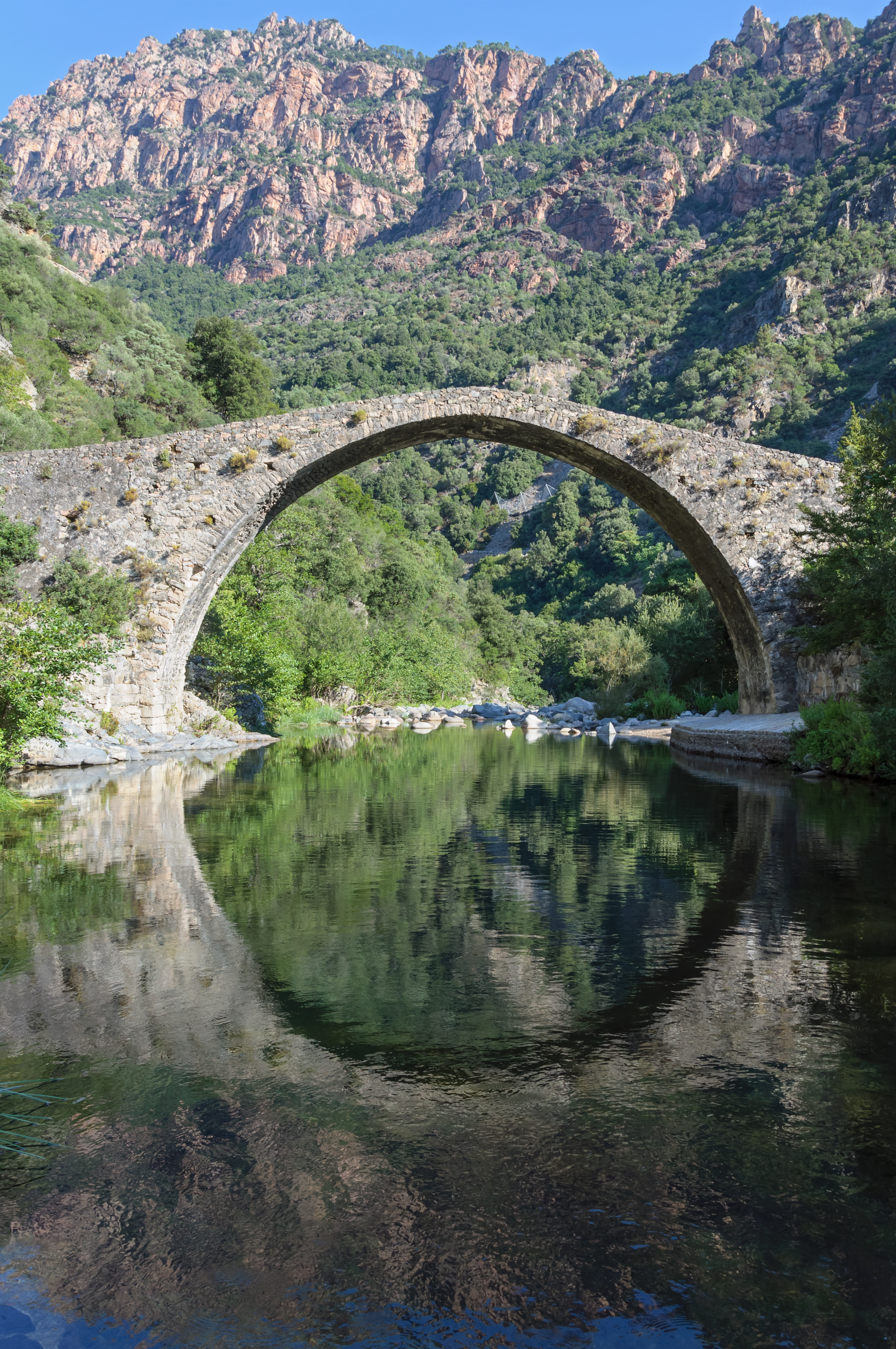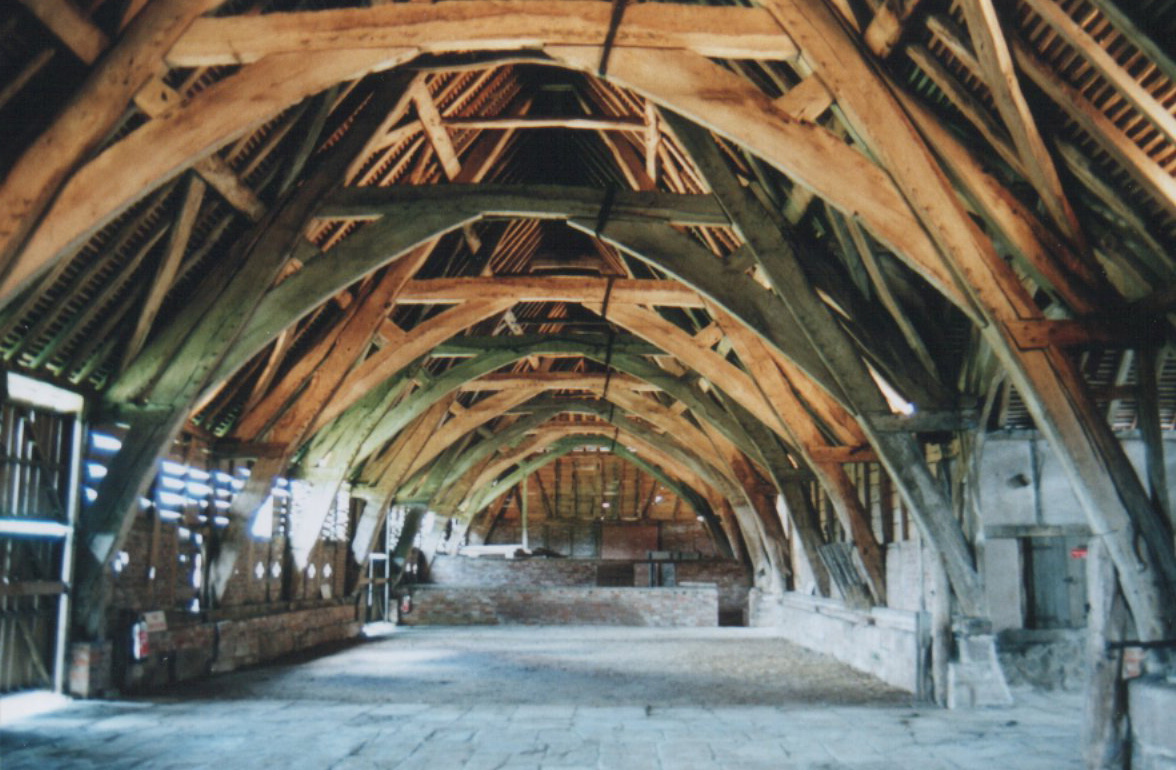|
Drayton, Leicestershire
Drayton is a small village and civil parish in the Harborough district of south-east Leicestershire, bordering Northamptonshire and Rutland. It is situated 6.7 miles (11 km) northeast of Market Harborough and 5 miles (7.5 km) southwest of Uppingham on the north side of the Welland valley. Nearby villages are Bringhurst, Great Easton and Nevill Holt. The church of St James in Drayton is one of the smallest churches in England. History Source: The village's name means 'farm/settlement used to carry portage' or 'farm/settlement used as a dragging place'. Drayton grew up around an oval green of which the present green is the north-western end. West of the green, Drayton House is a tall red-brick structure, built in 1851–52 for Bryan Ward, a tenant of the Rockingham estate. South of the road to Great Easton the present Manor House Farm, or College Farm, was built ''c''. 1870–80, probably for a relative of Lord Sondes, whose arms it carries. Its cart shed, a di ... [...More Info...] [...Related Items...] OR: [Wikipedia] [Google] [Baidu] |
Rutland And Melton (UK Parliament Constituency)
Rutland and Melton was a county constituency spanning Leicestershire and Rutland, represented in the House of Commons of the Parliament of the United Kingdom from 1983 to 2024. It elected one Member of Parliament (MP) by the first-past-the-post system of election. For its entire existence, the seat elected members of the Conservative Party. History The constituency was created in 1983 from the former seats of Rutland and Stamford and Melton. Initially, it covered all of Rutland and Melton borough and part of Charnwood. A boundary change implemented in 1997 saw the area of Charnwood replaced with part of Harborough district up to the boundary of the city of Leicester (for example Scraptoft). The constituency was considered a safe Conservative seat throughout its existence, electing a Conservative with a significant margin even with the 1997 national swing towards the Labour Party. Sir Alan Duncan held the seat from 1992 to 2019, when he was replaced by Alicia Kearns. ... [...More Info...] [...Related Items...] OR: [Wikipedia] [Google] [Baidu] |
Nevill Holt
Nevill Holt is a hamlet and civil parish in the Harborough District of Leicestershire, England. It is situated about northeast of Market Harborough, northwest of Corby and lies close to the borders with Northamptonshire and Rutland. It is on the north side of the Welland valley. According to the 2001 census the parish had a population of 28. At the 2011 census the population remained less than 100 and was included in the civil parish of Horninghold. Bradley Priory was an Augustinian priory in the parish. Nevill Holt Hall Nevill Holt Hall is a Grade I listed building, constructed before 1300. Its name is derived from the Nevill family who owned it from the 15th century until 1876. The French abbess Ann Nevill was born here in 1605. It is on a hilltop. There have been many alterations and additions in the 14th,15th,17th,18th,19th and 20th (and now 21st) centuries. The Cunard shipping family owned the estate from 1876 to 1912 and Nancy Cunard (1896–1965), writer, anti-r ... [...More Info...] [...Related Items...] OR: [Wikipedia] [Google] [Baidu] |
Semi-circular Arch
In architecture, a semicircular arch is an arch with an intrados (inner surface) shaped like a semicircle. This type of arch was adopted and very widely used by the Romans, thus becoming permanently associated with Roman architecture. Terminology When the arch construction involves the Roman techniques (either wedge-like stone voussoirs or thin Roman bricks), it is known as a Roman arch. The semicircular arch is also known as a round arch. Description The rise (height) of a round arch is limited to of its span, so it looks more "grounded" than a parabolic arch or a pointed arch. Whenever a higher semicircular arch was required (for example, for a narrow arch to match the height of a nearby broad one), either stilting or horseshoe shape were used, thus creating a stilted arch and horseshoe arch respectively. These "shifts and dodges" were immediately dropped once the pointed arch with its malleable proportions was adopted. Still, "the Romanesque arch is beautifu ... [...More Info...] [...Related Items...] OR: [Wikipedia] [Google] [Baidu] |
Church Of St James - Geograph
Church may refer to: Religion * Church (building), a place/building for Christian religious activities and praying * Church (congregation), a local congregation of a Christian denomination * Church service, a formalized period of Christian communal worship * Christian denomination, a Christian organization with distinct doctrine and practice * Christian Church, either the collective body of all Christian believers, or early Christianity Places United Kingdom * Church, a former electoral ward of Kensington and Chelsea London Borough Council that existed from 1964 to 2002 * Church (Liverpool ward), a Liverpool City Council ward * Church (Reading ward), a Reading Borough Council ward * Church (Sefton ward), a Metropolitan Borough of Sefton ward * Church, Lancashire, England United States * Church, Iowa, an unincorporated community * Church Lake, a lake in Minnesota * Church, Michigan, ghost town Arts, entertainment, and media * ''Church magazine'', a pastoral theology magazine ... [...More Info...] [...Related Items...] OR: [Wikipedia] [Google] [Baidu] |
Leicestershire Deserted Villages And Lost Places
:''See also Leicestershire section of List of lost settlements in the United Kingdom'' The identification of Deserted Villages and Lost Places in Leicestershire owes much to the pioneering work of William George Hoskins during his time at the University of Leicester. Beginnings Hoskins prepared his first list of such places for publication by the Leicestershire Archaeological Society in 1945. This list was updated in his book ''Essays in Leicestershire History'' published in 1950. In 1956 he published in the Transactions an account of seven of the key sites, Baggrave, Cold Newton, Great Stretton, Hamilton, Ingarsby, Lowesby and Quenby. He wrote numerous other articles and contributed to the ''Victoria History of the County of Leicester'' on the theme of deserted villages. He actively promoted research on them at the university and at part-time courses at the Vaughan Adult College in Leicester. Deserted Medieval Village Research Group After Hoskins left Leicester the research work ... [...More Info...] [...Related Items...] OR: [Wikipedia] [Google] [Baidu] |
First World War
World War I or the First World War (28 July 1914 – 11 November 1918), also known as the Great War, was a World war, global conflict between two coalitions: the Allies of World War I, Allies (or Entente) and the Central Powers. Fighting took place mainly in European theatre of World War I, Europe and the Middle Eastern theatre of World War I, Middle East, as well as in parts of African theatre of World War I, Africa and the Asian and Pacific theatre of World War I, Asia-Pacific, and in Europe was characterised by trench warfare; the widespread use of Artillery of World War I, artillery, machine guns, and Chemical weapons in World War I, chemical weapons (gas); and the introductions of Tanks in World War I, tanks and Aviation in World War I, aircraft. World War I was one of the List of wars by death toll, deadliest conflicts in history, resulting in an estimated World War I casualties, 10 million military dead and more than 20 million wounded, plus some 10 million civilian de ... [...More Info...] [...Related Items...] OR: [Wikipedia] [Google] [Baidu] |
Cruck
A cruck or crook frame is a curved timber, one of a pair, which support the roof of a building, historically used in England and Wales. This type of timber framing consists of long, generally naturally curved, timber members that lean inwards and form the ridge of the roof. These posts are then generally secured by a horizontal beam which then forms an "A" shape. Several of these "crooks" are constructed on the ground and then lifted into position. They are then joined together by either solid walls or cross beams which aid in preventing 'racking' (the action of each individual frame going out of square with the rest of the frame, and thus risking collapse). Etymology The term ''crook'' or ''cruck'' comes from Middle English ', from Old Norse ', meaning "hook". This is also the origin of the word "crooked", meaning bent, twisted or deformed, and also the crook used by shepherds and symbolically by bishops. Use Crucks were chiefly used in the medieval period for structures such ... [...More Info...] [...Related Items...] OR: [Wikipedia] [Google] [Baidu] |
Henry Nevill, 3rd Marquess Of Abergavenny
Lieutenant-Colonel Henry Gilbert Ralph Nevill, 3rd Marquess of Abergavenny DL (2 September 1854 – 10 January 1938), styled Lord Henry Nevill between 1876 and 1927, was a British peer. Early life Neville was born in Bramham, West Yorkshire and christened at St. Alban's Church, Frant, as the second son of William Nevill, 1st Marquess of Abergavenny, and his wife Caroline Vanden-Bempde-Johnstone, daughter of Sir John Vanden-Bempde-Johnstone, 2nd Baronet. Career He was a lieutenant-colonel in the Territorial Army Reserves, a major in the Sussex Imperial Yeomanry and a deputy lieutenant of Sussex. In 1881 he lived in Chiddingstone, Kent and in 1891 at Thornhill, Hammerwood, East Sussex. He succeeded to the marquessate in October 1927, aged 73, on the death of his brother, who died without issue. Personal life Lord Abergavenny married Violet Streatfeild, daughter of Lieutenant-Colonel Henry Dorrien Streatfeild, on 12 September 1876. They had three children: * Lady Joan Mar ... [...More Info...] [...Related Items...] OR: [Wikipedia] [Google] [Baidu] |
Rockingham Castle
Rockingham Castle is a former royal castle and Hunting and shooting in the United Kingdom#Hunting lodge, hunting lodge in Rockingham Forest, approximately two miles from the town centre of Corby, Northamptonshire, England. History 11th – 14th centuries The site on which the castle stands was used in the British Iron Age, Iron Age, in the Roman Britain, Roman period, by the Anglo-Saxon settlement of Britain, Saxons, Normans, Tudors and also in the medieval period. This is because its position on elevated ground provides clear views of the River Welland, Welland Valley from a strong defensible location. William the Conqueror ordered the construction of a wooden Motte and Bailey at Rockingham in the 11th century shortly after the Norman conquest of England. Within three decades, William II of England, William II replaced it with a stone castle. A shell keep, stone keep was added to the large motte and the outer bailey was enclosed by a Curtain wall (fortification), curtain wall. ... [...More Info...] [...Related Items...] OR: [Wikipedia] [Google] [Baidu] |
Portage
Portage or portaging ( CA: ; ) is the practice of carrying water craft or cargo over land, either around an obstacle in a river, or between two bodies of water. A path where items are regularly carried between bodies of water is also called a ''portage.'' The term comes from French, where means "to carry", as in "portable". In Canada, the term "carrying-place" was sometimes used. Early French explorers in New France and French Louisiana encountered many rapids and cascades. The Native Americans carried their canoes over land to avoid river obstacles. Over time, important portages were sometimes provided with canals with locks, and even portage railways. Primitive portaging generally involves carrying the vessel and its contents across the portage in multiple trips. Small canoes can be portaged by carrying them inverted over one's shoulders and the center strut may be designed in the style of a yoke to facilitate this. Historically, voyageurs often employed tump lines on t ... [...More Info...] [...Related Items...] OR: [Wikipedia] [Google] [Baidu] |
Great Easton, Leicestershire
Great Easton is a village and civil parish in the Harborough district of Leicestershire, England. The parish had a population of 558 according to the 2001 census, increasing to 671 at the 2011 census. Overview The village's name means 'eastern farm/settlement'. The village sits in the Welland Valley in the rolling south Leicestershire countryside. It is located in the extreme south-east of the county and is very close to the borders with Northamptonshire and Rutland; it is just south of the Eyebrook Reservoir. Nearby places are Bringhurst and Drayton in Leicestershire, Caldecott in Rutland, and Rockingham and Cottingham in Northamptonshire. The nearest town is Corby in Northamptonshire. St Andrew's is the Church of England parish church. It is a Grade II* listed building. The village has public transport services to Corby town centre, Oakham and Uppingham, Market Harborough town centre and St Margaret's Bus Station in Leicester. The village formerly had a cricket te ... [...More Info...] [...Related Items...] OR: [Wikipedia] [Google] [Baidu] |
Harborough District
Harborough () is a local government district in Leicestershire, England. It is named after its main town, Market Harborough, which is where the council is based. The district also includes the town of Lutterworth and numerous villages and surrounding rural areas. In the north of the district it includes parts of the Leicester Urban Area, notably at Thurnby, Bushby and Scraptoft. Covering , the district is the largest by area of the eight districts in Leicestershire and covers almost a quarter of the county. The neighbouring districts are Blaby, Oadby and Wigston, Leicester, Charnwood, Melton, Rutland, North Northamptonshire, West Northamptonshire and Rugby. History The district was created on 1 April 1974 under the Local Government Act 1972, covering the area of four former districts, which were all abolished at the same time: * Billesdon Rural District * Lutterworth Rural District * Market Harborough Rural District *Market Harborough Urban District The new council was n ... [...More Info...] [...Related Items...] OR: [Wikipedia] [Google] [Baidu] |





